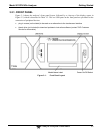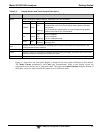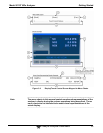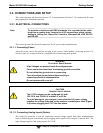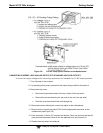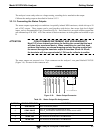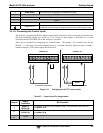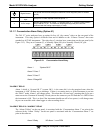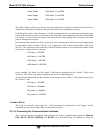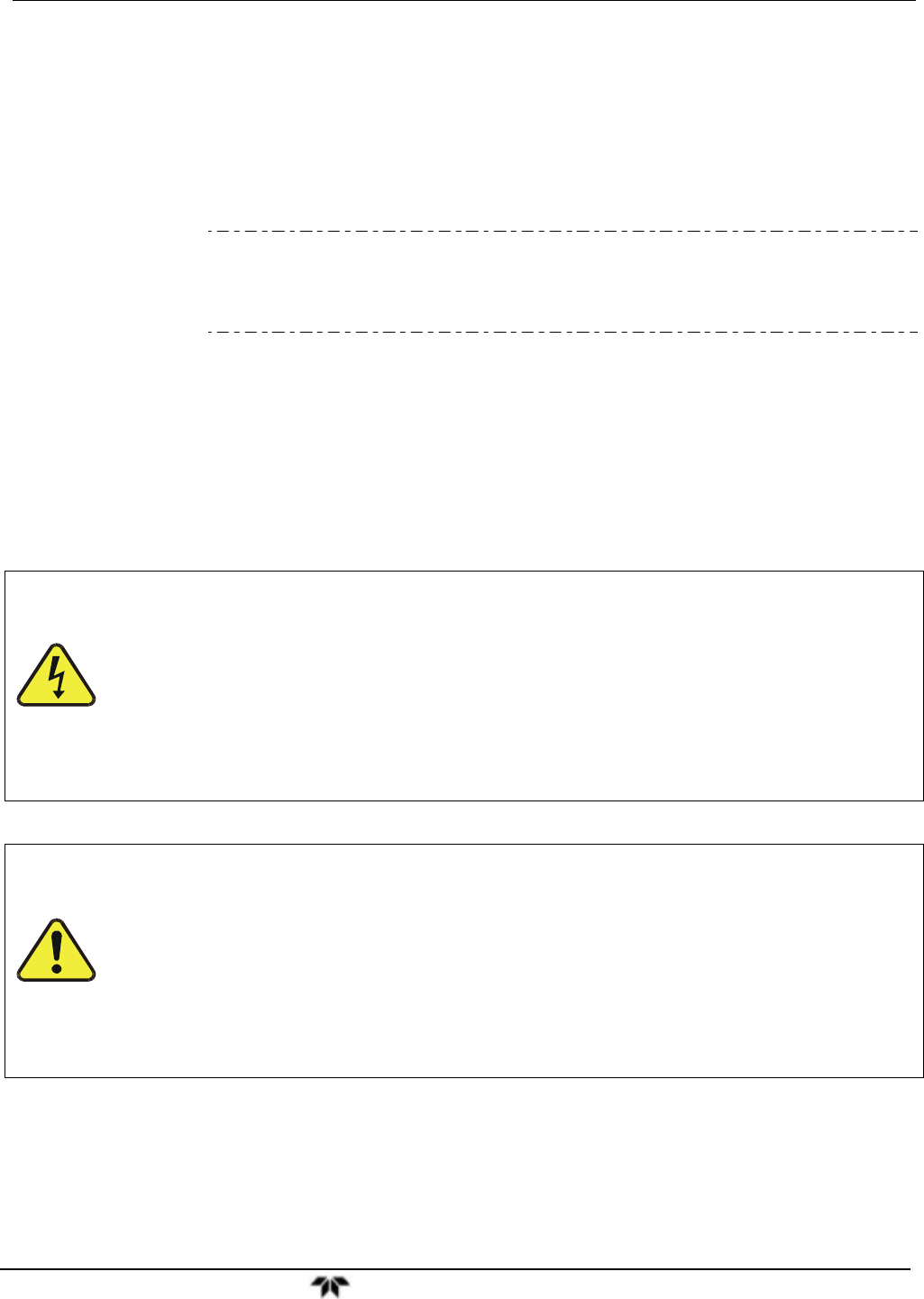
Model 9110TH NOx Analyzer Getting Started
Teledyne Analytical Instruments 41
3.3. CONNECTIONS AND SETUP
This section presents the electrical (Section 3.3.1) and pneumatic (Section 3.3.2) connections for setup
and preparing for instrument operation.
3.3.1. ELECTRICAL CONNECTIONS
Note To maintain compliance with EMC standards, it is required that the cable
length be no greater than 3 meters for all I/O connections, which include
Analog In, Analog Out, Status Out, Control In, Ethernet/LAN, USB, RS-232,
and RS-485.
This section presents the electrical connections for AC power and communications.
3.3.1.1. Connecting Power
Attach the power cord to the analyzer and plug it into a power outlet capable of carrying at least 10 A
current at your AC voltage and that it is equipped with a functioning earth ground.
WARNING
ELECTRICAL SHOCK HAZARD
High Voltages are present inside the analyzers case.
Power connection must have functioning ground connection.
Do not defeat the ground wire on power plug.
Turn off analyzer power before disconnecting or
connecting electrical subassemblies.
Do not operate with cover off.
CAUTION
GENERAL SAFETY HAZARD
The 9110T analyzer can be configured for both
100-130 V and 210-240 V at either 47 or 63 Hz.
To avoid damage to your analyzer, ensure that the AC power voltage
matches the voltage indicated on the analyzer’s model/specs label (Figure
3-4) before plugging the 9110T into line power.
3.3.1.2. Connecting Analog Inputs (Option)
The Analog In connector is used for connecting external voltage signals from other instrumentation
(such as meteorological instruments) and for logging these signals in the analyzer’s internal DAS. The
input voltage range for each analog input is 0-10 VDC.



